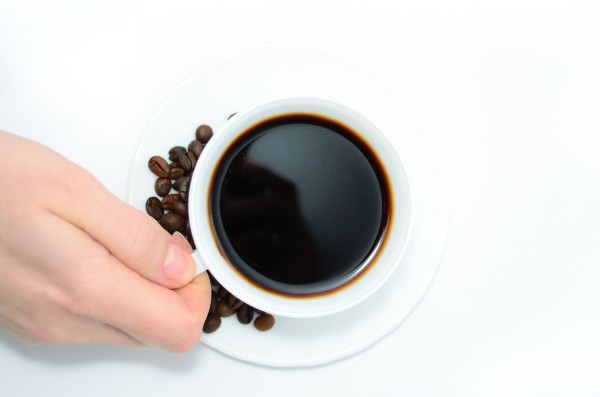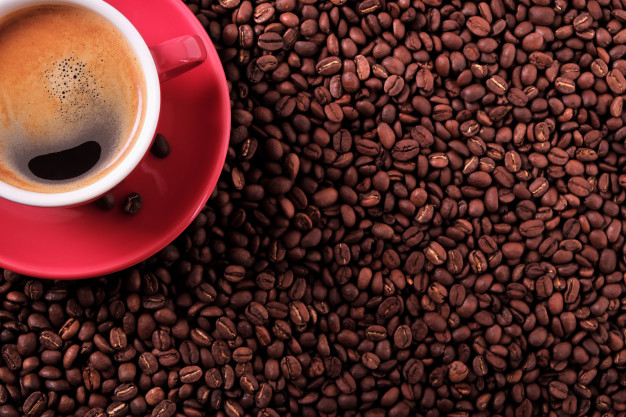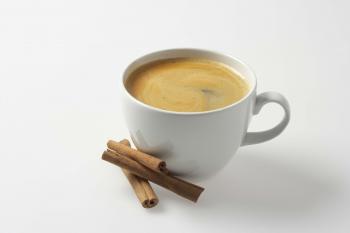
Red Espresso: ‘Coffee style’ Without the Caffeine
Move over coffee. The latest buzz among the cafe crowd is red espresso—effectively a tea made into an espresso.
Red espresso is rooibos tea, also known as red tea, produced in a way that is suitable for use in espresso machines. And just as coffee espresso forms the basis for drinks such as lattes and cappuccinos, red espresso does too.
It also produces a crema like coffee espresso, but in red espresso’s case the crema is a deep saffron colour with golden flecks. The drink has won several awards for creating a healthy hybrid between tea and coffee.
But unlike coffee, red espresso does not contain caffeine, which means the kids can now join mom and dad in a latte.
The rooibos plant grows in only one region in the world—the Cedarberg Mountains north of Cape Town in South Africa. The rooibos used for red espresso comes from a family-run farm in the area. It is grown at a high altitude and is hand-harvested after it reaches maturity.
“It has that big bold taste that tea doesn’t quite get,” says Shelly Mercier of Planet Foods, which markets red espresso in western Canada.
“It’s cultivated at a higher level—the plant is grown way up on a plateau. So it has a different growing season which makes it a lot higher in iron and it has a more robust taste than most other rooibos.”
Red espresso was invented by Carl Pretorius in his kitchen in Paarl, near Cape Town. A fairly heavy coffee drinker, Pretorius sought to find a healthy substitute that didn’t mean giving up on his love of cafe culture or the satisfaction of enjoying a latte or cappuccino.
The drink has been growing in popularity since it first entered the market in 2006 and is now exported to countries in Europe, Asia Pacific, UAE, Africa, and North America. It became available in Canada in 2008 and is sold in various cafes—such as the chains Café Suprême and Good Earth—and health food stores across the country.
Canada is red espresso’s biggest and most successful export market to date, says Mercier.
“It’s been here for just over a year now and we’re finding that it’s growing tremendously. The cafes are asking for it as an alternative because customers are demanding it… People are now switching from just a regular rooibos tea over to this one.”
Pronounced ‘roy-boss,’ rooibos means ‘red bush’ in Afrikaans, so called because the plant’s green needle-like leaves turn distinctively red in colour when left to ferment in the sun.
Rooibos tea, which is low in tannins and free of oxalic acid, has traditionally been widely consumed in South Africa where it is given to babies as a remedy for colicky stomach cramps. It is also used to relieve insomnia, fever, headaches, asthma, digestion problems, and skin disorders.
While rooibos tea is rich in antioxidants and minerals, red espresso has ten times more of both properties because of its patented grind and method of preparation.
Besides lattes and cappuccinos, red espresso can be used to make a wide variety of “red” drinks, including iced teas, smoothies and shakes, mochas, and martinis. Red Canadiano, which puts a caffeine-free spin on the traditional Americano, was just introduced in Canada this fall.
Like coffee, red espresso is best when prepared using an espresso machine or a stovetop espresso maker. It can also be made using a French press.
The South African company that markets red espresso says on its website that it is committed to preserving the unique area where the rooibos plant thrives and thus makes sure it is grown “according to the highest biodiversity standards.”
by Joan Delaney






